Disclosure: This article contains affiliate links. We may earn a commission from purchases at no extra cost to you, which helps our travel content.
The taxi driver's eyes widened when I told him I was spending a week in Maracaibo. '¿Una semana entera? ¿Por qué?' A fair question – most travelers blow through Venezuela's second-largest city in a day or two, snapping obligatory photos of the lightning phenomenon before racing off to Mérida's mountains or Los Roques' pristine beaches. But after three visits to this misunderstood metropolis on Lake Maracaibo's western shore, I've discovered a vibrant, resilient city that pulses with cultural contradictions and unexpected beauty. Beyond the famous Catatumbo lightning (which, yes, is absolutely mind-blowing), Maracaibo offers a raw, unfiltered glimpse into Venezuelan life that mass tourism hasn't touched. This guide isn't for the faint-hearted – Venezuela demands adaptability, Spanish skills, and street smarts – but for the adventurous solo traveler willing to venture beyond the guidebooks, Maracaibo rewards with authentic connections and experiences you'll find nowhere else on earth.
Navigating Maracaibo's Current Reality
Let's address the elephant in the room: Venezuela's economic and political situation remains complex. During my most recent visit last October, I found Maracaibo significantly more stable than media portrayals suggested, but preparation remains essential.
The dual currency system (official bolivars and the unofficial but omnipresent US dollar) creates a strange economic landscape. Most tourist transactions happen in cash dollars, which you should bring crisp and in small denominations. ATMs rarely work for foreign cards, and credit cards are virtually useless outside major hotels.
Safety concerns are legitimate but manageable with common sense. I've found Maracaibo's maracuchos (locals) extraordinarily protective of visitors – once during my second trip, a family literally invited me to stay with them rather than walk back to my hostel after dark. The key is maintaining low visibility: dress simply, keep expensive gear hidden, and use a discreet anti-theft daypack for your essentials.
Transportation requires flexibility. Public buses are incredibly cheap but unpredictable. For safety and convenience, I relied on trusted taxi drivers recommended by locals, saving their WhatsApp contacts for future needs. Ridesharing apps have limited presence, but Por Puesto (shared taxis) offer an affordable middle ground if you're comfortable with Spanish and local navigation.
Power outages remain common, especially in fall when afternoon thunderstorms roll in. The first time my hostel went dark for six hours, I panicked. By the third time, I was playing cards with the staff by candlelight. Locals have adapted with remarkable resilience – follow their lead.
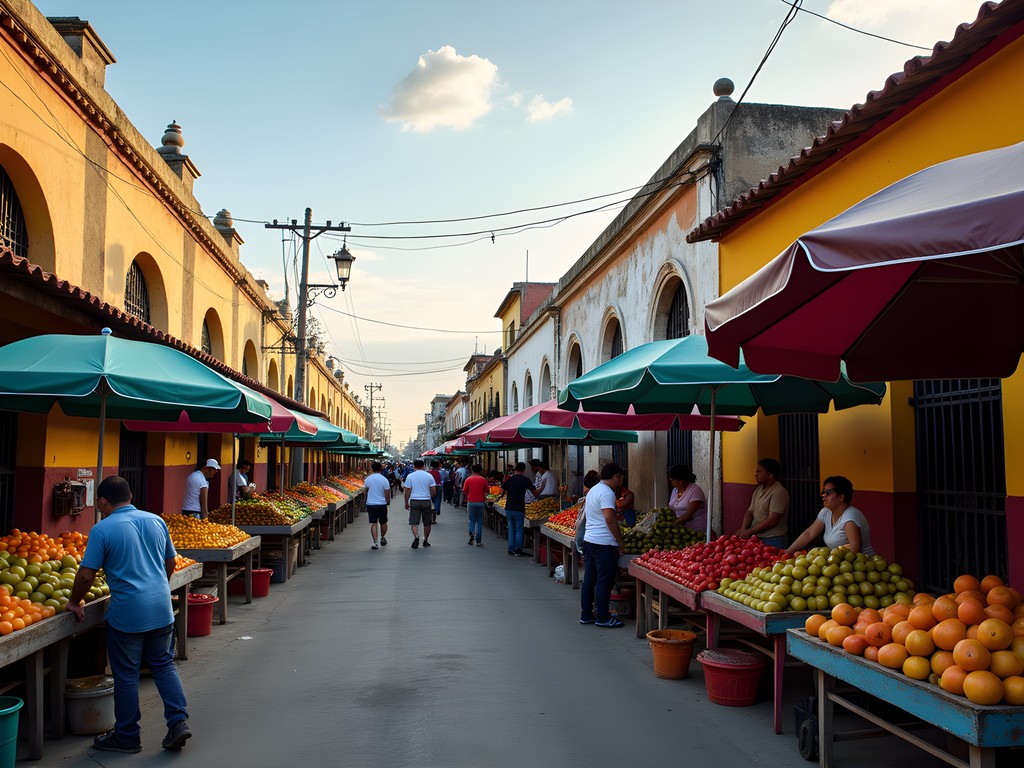
💡 Pro Tips
- Exchange some dollars for bolivars at local rates for small purchases, but keep most funds in USD
- Download maps.me and save Maracaibo offline – GPS works without data
- Make friends with a reliable taxi driver early in your trip for consistent transportation
Beyond Catatumbo: Maracaibo's Natural Wonders
The Catatumbo lightning phenomenon – where storms create spectacular lightning displays over Lake Maracaibo up to 300 nights per year – deservedly tops most travelers' lists. But timing is everything. After a disappointing first attempt years ago (I booked with a generic tour company during the wrong season), I've learned the insider approach.
First, visit between September and November when lightning activity peaks. Local fishermen offer more authentic (and sustainable) experiences than commercial tours. Through my hostel owner's cousin, I connected with Eduardo, who takes just 2-3 visitors on his fishing boat several times weekly. For about $40, we departed from Congo Mirador at sunset, watching in awe as nature's most electrifying light show illuminated the sky for hours. Eduardo's environmental knowledge was impressive – he explained how changing rainfall patterns have affected both lightning frequency and local fishing communities.
But Maracaibo offers more than lightning. The lesser-known southern shores of Lake Maracaibo hide peaceful beaches where locals escape weekend heat. My favorite is Playa Aventura – not for pristine sand (you won't find that here), but for the fascinating ecosystem where freshwater meets brackish conditions. Pack your water shoes for exploring the shallows, where you'll spot unique fish species and birds.
For hiking enthusiasts, the Sierra de Perijá mountains west of the city offer day trips through cloud forests with Venezuelan guides. Through the environmental group Ambiente Vivo (find them on Instagram), I joined a guided hike to spot endemic bird species and learn about conservation efforts by indigenous communities. The 6-hour trek requires decent fitness but rewards with views across the lake basin and into neighboring Colombia.

💡 Pro Tips
- Book lightning tours through local hostels or environmental groups, not online agencies
- Visit Playa Aventura early morning (6-9am) for best wildlife viewing and fewer crowds
- Bring biodegradable insect repellent – mosquitoes near the lake are relentless
Cultural Immersion: Markets, Music & Maracuchos
Maracaibo's soul reveals itself through its markets, and none captures the city's essence better than Las Pulgas. This sprawling maze operates daily but transforms into a sensory explosion on weekend mornings. Unlike sanitized tourist markets elsewhere in Latin America, Las Pulgas remains authentically local. On my first visit, I was the only foreigner in sight, drawing curious glances and countless conversations.
Navigate the market clockwise, starting with the handicraft section where indigenous Wayuu women sell intricate, geometric-patterned bags and hammocks. These colorful mochilas represent generations of weaving tradition – I've purchased three over my visits, each directly supporting the artisan families. The food section comes next (arrive hungry!). Follow your nose to tequeños (cheese sticks), mandocas (corn and plantain rings), and my personal obsession: patacones (twice-fried plantains topped with cheese and garlic sauce).
Maracaibo's music scene offers another window into local culture. The city birthed gaita zuliana, a folk genre featuring furious accordion, percussion, and socially conscious lyrics. During fall, gaita groups rehearse for December's competitions – listen for practice sessions echoing from community centers and family backyards, especially in the El Saladillo neighborhood. When I expressed interest to my hostel owner, he immediately called his brother-in-law, who invited me to his group's rehearsal that very night. I ended up learning basic furruco (friction drum) techniques while sharing beers with musicians who've preserved this tradition through economic hardship.
For a deeper dive into Maracaibo's cultural heritage, the Rafael Urdaneta Museum provides context through colonial artifacts and petroleum industry exhibits. But the real museum is the city itself. Wander the streets around Plaza Baralt in the relative cool of early evening, when families emerge to socialize and street vendors set up food carts. Bring your compact camera rather than a smartphone – it's both less conspicuous and better for capturing the dramatic contrasts of light and shadow in Maracaibo's architecture.
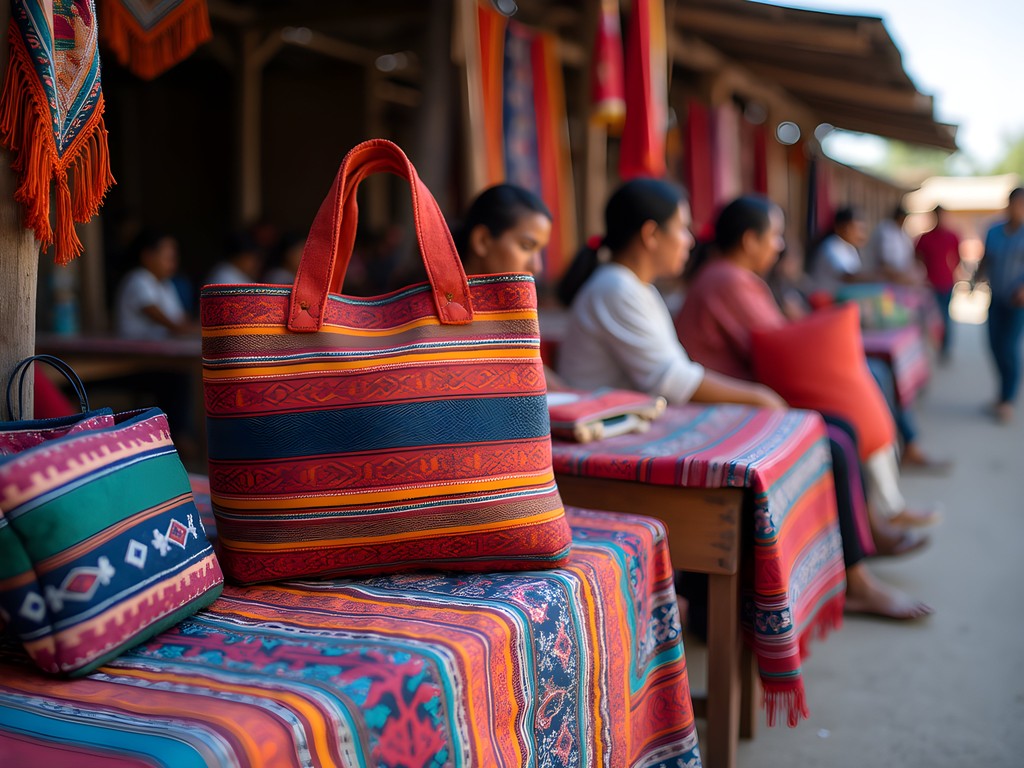
💡 Pro Tips
- Visit Las Pulgas market before 10am when it's less crowded and temperatures are manageable
- Ask permission before photographing people, especially indigenous vendors
- Learn basic Maracucho slang expressions like 'mopri' (friend) to connect with locals
Sustainable Eats: Supporting Local Food Systems
Venezuelan cuisine remains criminally underrated globally, and Maracaibo offers the perfect introduction. The city's location between lake, mountains, and Caribbean creates a unique fusion of flavors that reflects its diverse cultural heritage.
My sustainability-focused approach to food travel led me to Maracaibo's community-based restaurants rather than tourist establishments. The standout is Doña Clara's, an unassuming family home in the El Milagro neighborhood where the eponymous grandmother serves set lunches from her front room. There's no menu – you eat whatever she's cooking that day, typically a hearty pabellón criollo (shredded beef, black beans, plantains and rice) or fresh lake fish with yuca and local vegetables. The entire experience costs around $5, with proceeds supporting extended family members.
For evening dining, Maracaibo's areperas offer Venezuela's iconic corn pockets stuffed with endless filling combinations. While chain restaurants exist, seek out family operations like Arepera La Zulianita near the university, where three generations work together crafting perfect arepas. My go-to order: the reina pepiada (chicken avocado salad filling) and a chicha drink (sweet rice beverage with cinnamon).
Maracaibo's craft brewing scene has emerged as a bright spot amid economic challenges. Cervecería Maracaibo, founded by engineering students turned brewers, creates exceptional beers using local ingredients like cassava and tropical fruits. Their taproom opens Thursday through Saturday evenings, offering brewery tours that explain how they've adapted brewing techniques to work around infrastructure limitations.
Street food deserves special mention, particularly the tequeños (cheese sticks) from vendors around Plaza de la República after 7pm. For morning fuel, I'm addicted to mandocas, those sweet corn-and-plantain rings that pair perfectly with local coffee. Speaking of coffee, pack a portable travel coffee maker if you're particular about your brew – while Venezuelan coffee beans are excellent, preparation in budget accommodations can be inconsistent.

💡 Pro Tips
- Ask locals for 'una casa de familia' recommendations – these unofficial home restaurants offer authentic meals at fair prices
- Carry small bills for street food vendors who rarely have change
- Look for restaurants displaying the 'Sabor Zuliano' sign, indicating they use locally-sourced ingredients
Off-Grid Adventures: Lake Maracaibo's Forgotten Shores
The true magic of Maracaibo reveals itself when you venture beyond city limits to explore Lake Maracaibo's lesser-known communities. This massive body of water (technically South America's largest lake, though its connection to the Caribbean makes it debatably an inlet) supports fascinating settlements that few international travelers ever witness.
My most memorable experience came through a connection with Fundación Azul Ambientalistas, a local environmental group working to address the lake's pollution challenges while supporting sustainable tourism. Through their volunteer network, I arranged a two-day homestay in Ceuta, a fishing village on stilts where homes stand above the water on wooden platforms. Reaching these communities requires hiring a local boat from Maracaibo's southern docks – negotiate carefully, expect to pay $30-40 for a round trip, and bring everything you'll need as there are no stores.
Life in these palafitos (stilt houses) continues much as it has for generations, though now with added challenges from oil pollution and changing fish populations. My host family showed remarkable resilience, having adapted fishing techniques to target species that still thrive despite environmental pressures. We rose before dawn to check nets, returning with a modest but sufficient catch that became our lunch. The simplicity of life – no electricity beyond small solar setups, water collected from rainfall, and evenings spent in hammocks watching lightning flicker on the horizon – offered profound perspective.
For day trips from Maracaibo, the small town of Santa Rosa de Agua provides a glimpse of traditional lake life just 30 minutes from downtown. Local boatmen offer 2-hour tours through the community's water channels for around $15. Unlike the commercial Catatumbo tours, these excursions support families directly impacted by Venezuela's economic situation. Bring your dry bag for camera equipment – afternoon rain showers are common, especially in fall.
These lake communities demonstrate both environmental fragility and human adaptation. Tourism, when approached respectfully and with direct community benefit, can provide crucial economic alternatives as traditional fishing becomes less viable. The experience won't offer luxury or convenience, but the authentic connections and perspective gained are invaluable.
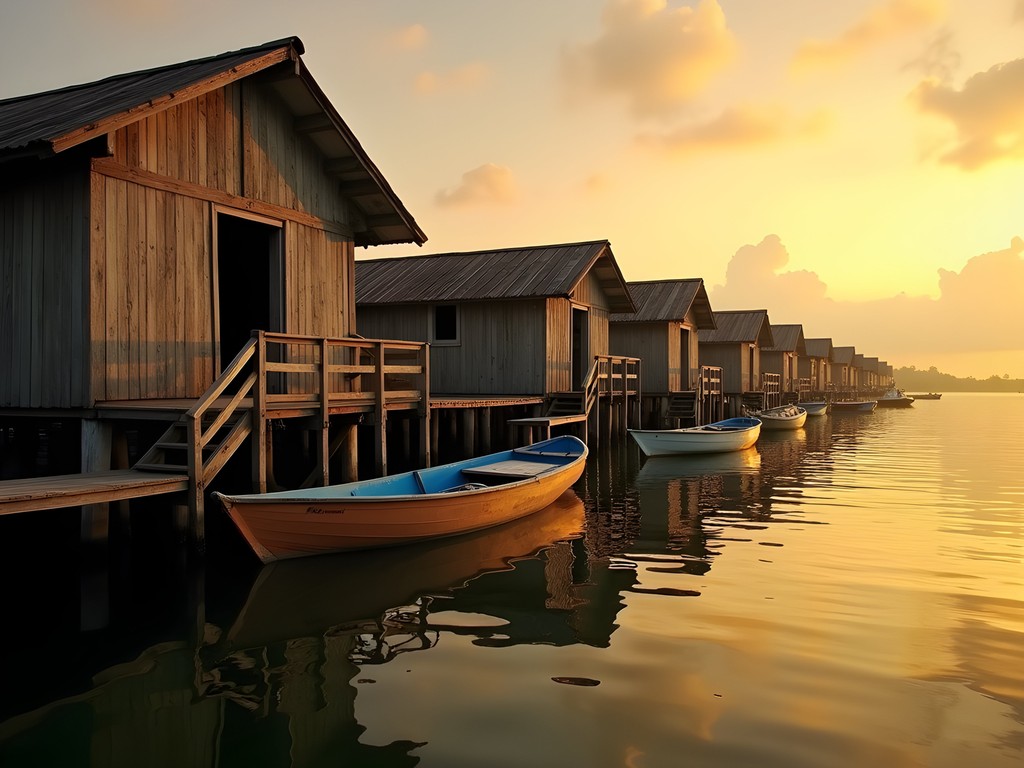
💡 Pro Tips
- Arrange lake community visits through environmental organizations rather than commercial tour operators
- Bring small gifts for host families (coffee, cooking oil, and batteries are appreciated)
- Pack light but include a water filter – plastic bottled water is unavailable in remote communities
Final Thoughts
As my week in Maracaibo drew to a close, I found myself lingering over a final coffee at a small café near Plaza Baralt, watching the city pulse around me. Maracaibo won't appear on glossy travel magazine covers anytime soon – its beauty requires effort to uncover, its challenges are real, and comfort often takes a backseat to authenticity. But for the traveler willing to venture beyond tourism's well-worn paths, few destinations offer such profound rewards. The resilience of maracuchos, adapting to their changing environment while preserving cultural traditions, provides lessons that extend far beyond travel. By approaching Maracaibo with respect, curiosity, and a willingness to support local initiatives, your visit becomes more than consumption – it becomes exchange. As Eduardo told me while we watched lightning dance across the lake: 'No venimos de la luz, pero vivimos con ella' – We don't come from the lightning, but we live with it. In these challenging times, perhaps that's the most valuable souvenir to bring home.
✨ Key Takeaways
- Connect with local environmental groups for authentic experiences that support community initiatives
- Visit during fall (September-November) for optimal Catatumbo lightning viewing and fewer tourists
- Learn basic Spanish phrases specific to Maracaibo to build meaningful connections with locals
📋 Practical Information
Best Time to Visit
September-November
Budget Estimate
$30-50/day excluding tours
Recommended Duration
5-7 days
Difficulty Level
Challenging

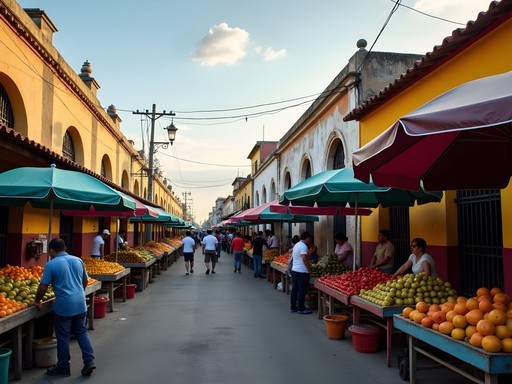
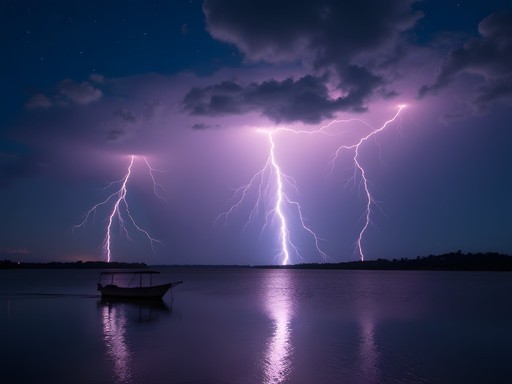
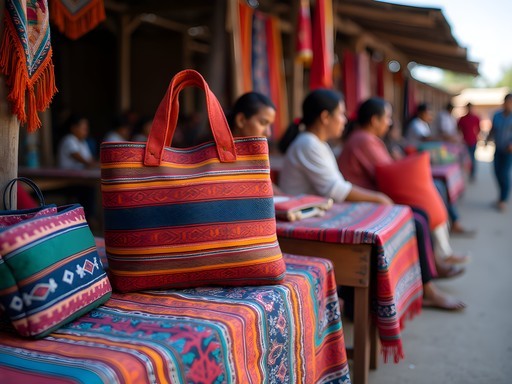
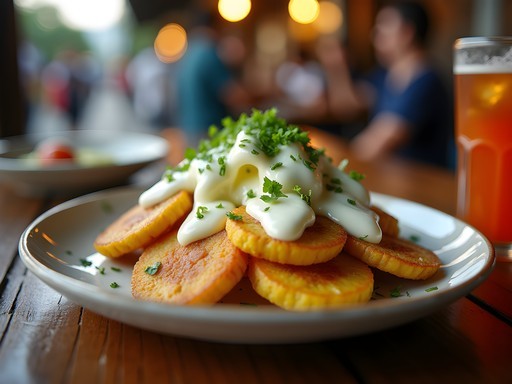
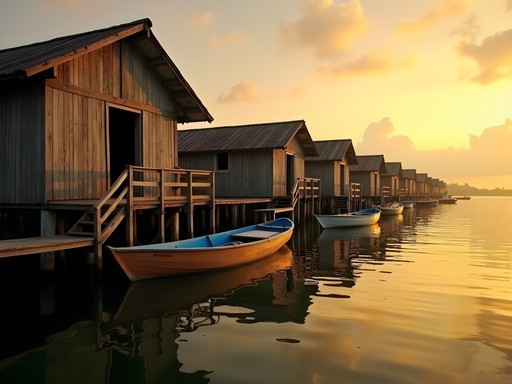








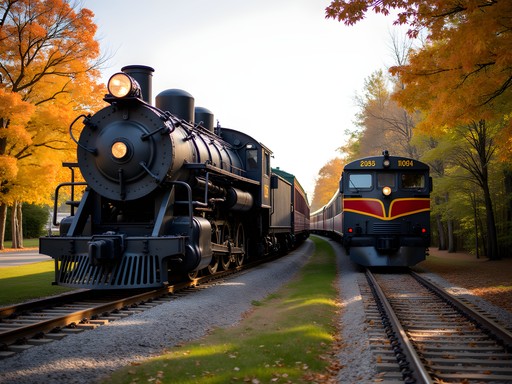
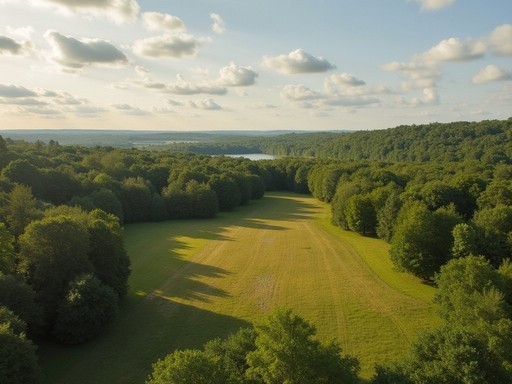
Comments
Hunter Thompson
Just got back from Venezuela last month and spent 4 days in Maracaibo! Brady's spot on about the taxi situation - always negotiate before getting in. For anyone planning to see the Catatumbo lightning (which you absolutely MUST), be prepared for mosquitoes like you wouldn't believe. The locals recommended a natural repellent made with coconut oil and citronella that worked wonders. Also, don't miss the street food near Plaza Baralt in the evenings - the arepas de choclo are INCREDIBLE. And yes, despite what you might hear, with common sense precautions, Maracaibo can be navigated safely. The Maracuchos are some of the friendliest people I've met in all my travels!
exploreone
Great write-up on a place that doesn't get enough positive coverage. I visited Maracaibo in 2021 and was blown away by the food scene. Those cheese-filled patacones are incredible! Did anyone else try the mandocas? Those sweet corn rings with cheese were my breakfast every day.
escapenomad5489
Yessss the mandocas are amazing! Did you try them with nata (cream)? Game changer!
Casey Andersson
Brady, this brought back so many memories of my time in Maracaibo last year! I was initially hesitant about spending more than a couple days there, but ended up staying for nearly two weeks. The lightning phenomenon is obviously spectacular, but what really captured my heart were the Maracuchos themselves. Their resilience and humor despite the challenges they face is truly inspiring. I'd add one tip for visitors - try to catch a Gaita music performance if you can. We stumbled upon a small gathering at a local restaurant near Lake Maracaibo where musicians were playing traditional Gaita, and it became one of my favorite memories from Venezuela. The locals even taught us some dance moves! I used my water filter bottle throughout the trip which was absolutely essential.
hikinglegend
Where did you see the Gaita performance? Planning to visit in November and would love to experience that!
Casey Andersson
It was at a place called Restaurante El Caney near the lake. Ask locals about 'noches de gaita' - they happen regularly at different venues. November is actually perfect timing as it's the start of the Christmas season when Gaita is most popular!
escapenomad5489
OMG I LOVE MARACAIBO!! Spent 2 weeks there last year and the Catatumbo lightning was MIND-BLOWING! The patacones at Mercado Las Pulgas were life-changing too!
beachking
How safe is it really to visit Venezuela right now? I've heard mixed things about travel there.
Hunter Thompson
I was there 3 months ago and it was fine with basic precautions. Stick to recommended areas, don't flash valuables, and connect with locals. Maracaibo feels much safer than people expect!
beachking
Thanks Hunter, that's reassuring. Did you do the Catatumbo lightning tour?
Hunter Thompson
Absolutely! Unmissable experience. Book with local guides in Maracaibo rather than online - better prices and more authentic. Just make sure they provide proper shelter during storms.
hikinglegend
Finally a good guide on Maracaibo! The lightning photos are incredible.
journeyvibes
Those market tips are gold! Saving this for later.
starexplorer
Just got back from Venezuela and skipped Maracaibo because everyone said it wasn't worth it. Now I'm kicking myself after reading this! The food section especially made me hungry - patacones and that fresh cheese sound amazing. Next time!
hikingbuddy
I'm planning a trip to Venezuela next year and wasn't even considering Maracaibo until I read this! The lightning phenomenon sounds incredible. How many nights would you recommend staying in the area to have a good chance of seeing it? And were there any hiking trails you'd recommend around Lake Maracaibo?
dreamadventurer
Not the author, but I'd recommend at least 3 nights for the lightning. It's most active during rainy season (April-November) but even then it's not guaranteed every night!
Jennifer Thomas
I visited Maracaibo last year as a solo female traveler on a tight budget, and this guide would've been SO helpful! The local transportation section saved me when I was there. One tip I'd add: download a good offline map and translation app before arriving. Cell service was spotty, and my pocket translator was a lifesaver when negotiating with taxi drivers or ordering at small local restaurants. The gaita music scene was my unexpected highlight - ended up at an impromptu jam session that turned into the best night of my trip! Brady, did you try the mandocas with fresh cheese? Still dream about those!
Brady Reyes
Jennifer, yes! The mandocas were incredible - that perfect sweet-savory balance with the cheese. That impromptu gaita session sounds amazing. Those unplanned moments really make travel special.
Venture X
Premium card with 2X miles, $300 travel credit, Priority Pass